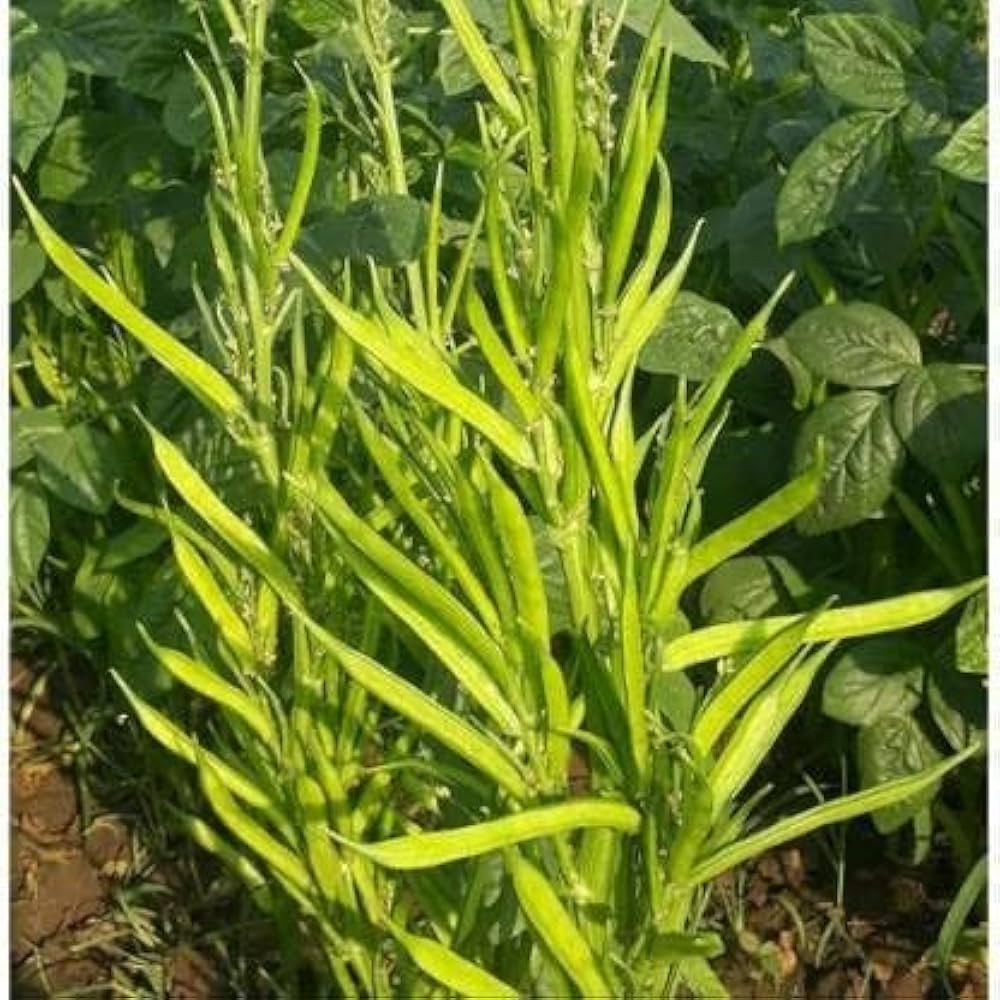
Disease management of Cluster bean
Share
Introduction
Cluster bean (Cyamopsis tetragonoloba), commonly known as guar, is a vital crop in arid and semi-arid regions, celebrated for its adaptability and versatility. As a legume, it plays a crucial role in enhancing soil fertility through nitrogen fixation, making it a favored choice among farmers. However, like any crop, cluster bean is susceptible to a variety of diseases that can significantly impact its yield and quality. Effective disease management is essential to ensure a healthy crop and a successful harvest. In this blog, we will explore the common diseases affecting cluster beans, their symptoms, and practical strategies for prevention and control. By understanding these aspects, farmers can better protect their crops and maximize productivity.

Bacterial blight
It is caused by a bacterium Xanthomonas cyamopsidis. This disease infestation mostly occurs during kharif season crop at the surface of leaf. The spot of the disease are interveinal, round and well defined on the dorsal surface of the leaf. The pathogen invades vascular tissues and causes flaccidity of the affected portion. The flaccid spots become necrotic and turn brown. The infection advances to petiole and stem. It results in blackening and cracking of stem. Resistant varieties and certified seed should be used for sowing purpose. Seed should be treated with 250 ppm of agrimycine or 200 ppm of streptocycline for 3 hours. Spray of streptocycline @ 5 g or plantomycine @ 50 g with 100 L water per hectare should be done at 35-40 days after sowing.

Alternaria leaf spot
The casual organism of Alternaria leaf spot disease is a fungus Alternaria cyamopsidis. The symptoms of the disease appear mainly on the leaf blade of leaves as dark brown, round to irregular spots varying from 2 to 10 millimetre in diameter. The water-soaked spots later on turn greyish to dark brown with light brown lines inside the spots. Spray of zineb @ 2 kg in 500 L of water per hectare should be done at an interval of 15 days at least twice.

Anthracnose
This disease is caused by Colletotrichum capsici f. cyamopsicola. The symptoms of the disease appear on the leaves, petiole and stem in the shape of black spots. Spray of zineb @ 2 kg in 500 L of water per hectare should be done for controlling this disease.

Powdery mildew
This disease is caused by a fungus Erysiphe polygoni. The symptoms of the disease start with white powdery growth over the leaf surface. This white growth consists of the fungus and its spores. The disease can be controlled by spray of wettable sulphur like suffex at the rate of 2- 3 kg ha-1 or dusting of sulphur powder @ 20-25 kg ha-1 or spray of dinocap @1.5 ml L-1 of water.


Summary
Cluster bean crops can be susceptible to various diseases. To prevent these, start by using resistant varieties and certified seeds. For additional bacterial blight protection, treat seeds with antibiotics before sowing. If you see characteristic signs like spots or powdery growths on leaves, stems, or petioles, identify the disease and take action. Bacterial blight and anthracnose can be controlled with streptomycin or zineb sprays, while Alternaria leaf spot requires multiple fungicide applications. Finally, powdery mildew can be addressed with sulphur-based solutions or dinocap.
